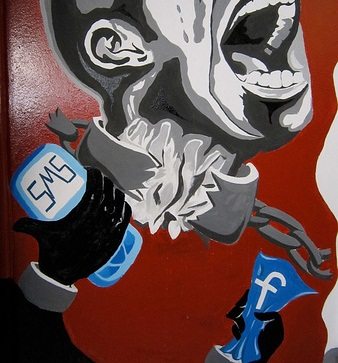
October 29, 2012; Source: Wall Street Journal
Social media continues to change how we work and when we work. Another question it surfaces is how employers should manage an employee who is something of an online “celebrity.” Increasingly, people—especially younger people—are coming to their jobs with their own established social media presence. The Wall Street Journal recently approached this topic.
Sign up for our free newsletters
Subscribe to NPQ's newsletters to have our top stories delivered directly to your inbox.
By signing up, you agree to our privacy policy and terms of use, and to receive messages from NPQ and our partners.
This “co-branding” can raise concerns about how to balance work and personal brands. There are positives and negatives with this blending of social media identities. On the positive side, having a top-ranked blogger or tweeter can bring attention or acclaim to an organization. Additionally, these online relationships can be turned into assets for the organization, perhaps delivering board members, funders, or volunteers. Journalists looking for experts on your cause may find the employee to be a great source for relevant information. The organization that attracts and employs these high-profile professionals may find the nonprofit becoming a magnet to attract other like-minded employees.
It seems easier to point out the downside for an organization when employing a co-branded professional. For years, controlling your message was a top-down management issue. With social media, it is no longer possible and maybe not even desirable to control your message so tightly. However, a networked employee could accidently or deliberately share info that is deemed internal or private. A Twitter “celebrity” in your organization could outshine other employees, impacting team dynamics or cohesion.
According to the WSJ article, the blurring of one’s day job and one’s Internet brand is an extension of how many people live and work now. The WSJ highlights some key questions for an organization to ask itself: “Can they tweet on the job,” “Where is credit due,” “How much should brands align,” “What is a social-media presence worth,” and “Who owns that blog?” The key issue for nonprofits is to determine the level of risk they can accept. It is recommended that organizations develop and communicate straightforward policies for employees’ online engagement. One thing seems clear: having co-branded employees may soon be the norm. –Jeanne Allen













